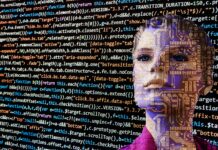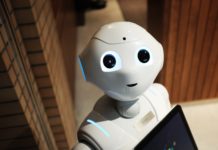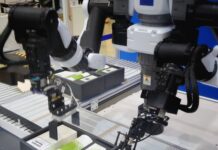There has been a continuous growth in the field of technology and there are several amazing advances and innovations that have taken place. One of the most powerful advances in recent technological history is Artificial Intelligence. Artificial Intelligence is emerging right alongside the fields it encompasses. However, before going into the various subfields of Artificial Intelligence, let me start off by explaining Artificial Intelligence at its core:
While taking advantage of the power of computer systems, the curiosity of man led him to wonder, ‘Can a machine think and behave like humans do?’ This simple question sparked the development of Artificial Intelligence with the intention of creating similar intelligence in machines.
There is no universally acclaimed definition of Artificial Intelligence. However, from my perspective, Artificial Intelligence is the computational study of the essence of creative problem solving capabilities of biological agents to develop mechanical agents that mimic them in parts of the whole. Artificial Intelligence is not just about machines replacing humans, but it is about machines assisting humans to perform complex tasks in an error-free manner. Given this understanding of AI at its core, let’s now talk about the fields that are included under the umbrella of Artificial Intelligence.
There are five core fields of Artificial Intelligence: Robotics/Robotology, Human Language Processing, Decision Support System, Game (Strategic), and Nature Inspired Computing.
Human Language Processing is a field of Artificial Intelligence that involves the development of machines that can mimic the activities manifesting in human language and its use. However, we have several divisions of this field that are massively in use in our daily activities in which I am going to briefly discuss.
Speech recognition is a form of human language processing in which machines can identify words and phrases in spoken language and convert them to a machine-readable format. In this situation, voices are recorded and stored in waveforms for the machines to learn, recognize and discern what language is being said. There is always a database attached with pre-recorded and labelled speech recordings.
Speech synthesis is also a form of human language processing that takes in texts and any other inputs to generate speech. If it’s text, it reads it aloud (this is often seen in modern applications that read out texts aloud). However, there are different additional methods of the speech synthesis system: the Articulatory Speech Synthesis (the art of modelling the human oral organ), Formant (the art of modelling the waveform of speech sound), Concatenation Speech Synthesis (the most popular method in which the human speech is recorded and labelled and stored in the database, after which each wave sound of every word is joined together and smoothen).
Another interesting subfield of human language processing is Discourse Analysis; this field generates a summary of texts, structure of texts, and general description by looking at the most occurring word in the text and orders in descending order.
Finally, an upcoming aspect of human language processing is Automatic Language Identification. This aspect deals with identifying and labelling language in which words belong to.
Artificial Intelligence has come to be pervasive and ubiquitous in our daily life. It isn’t here to overtake the human world, but it’s to serve as an assistant in the human world.
Artificial Intelligence is either likely to be the best or worst thing to happen to humanity -Stephen Hawking.
The above was a guest article courtesy of Folasewa Abdulsalam.



















